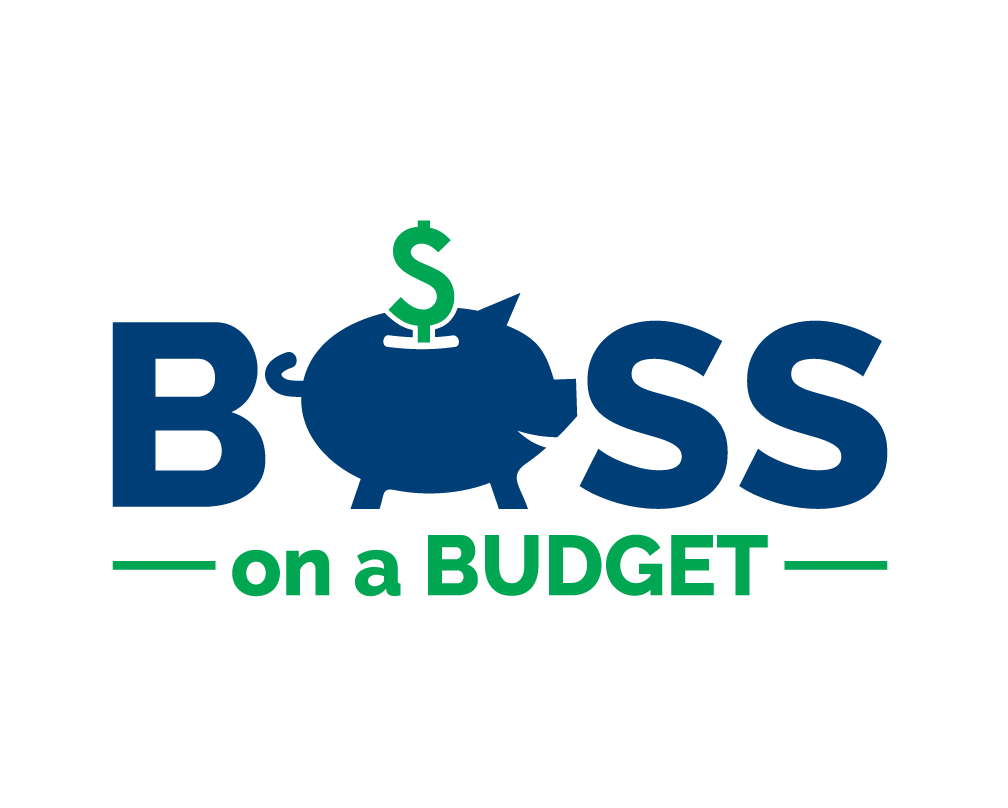Google Ad Grants: Making a Big Impact with a Small Team
For small nonprofits, getting your organization officially started can feel like an uphill battle, but even with only a few team members, your nonprofit has the potential to make a big difference for your constituents. One of the first obstacles you need to overcome is making those constituents aware of your nonprofit.
Fortunately, there is an entirely free way for nonprofits to market their services, events, fundraisers, volunteer opportunities, or anything else to thousands, sometimes even millions, of people. It’s called the Google Ad Grant program!
If you’re new to the Google Ad Grant or are looking for tips to improve your account’s impact, you’re in the right place. In this guide, we’ll provide an overview of what the Google Grant is, how to apply, and how to set your ad account up for success.
What is the Google Ad Grant?
Google-certified partner Getting Attention provides a straightforward definition of the Google Ad Grant program: “The Google Ad Grant program is a free version of Google Ads for select charitable organizations. While regular Google Ad accounts have to pay per ad click, Google Grant participants can display their advertisements for free. That way, nonprofits can allocate less of their budgets toward marketing.”
Elaborating on this explanation, Google Ads are the sponsored search results that appear at the top of Google’s search results page. By being placed front and center when potential supporters search keywords relevant to your cause, your nonprofit’s website is more likely to get attention.
Usually, organizations need to purchase this ad space. Fortunately for nonprofits on a tight budget, the Google Ad Grant provides participants with $10,000 in monthly ad credits to spend on Google Ads. This means your small nonprofit can market itself for free on one of the biggest communication platforms on the internet.
Which nonprofits are eligible for the Google Ad Grant?
If the Google Ad Grant sounds like an opportunity worth pursuing, your next step is to check if your organization is eligible. The Google Grants eligibility requirements for nonprofits include:
Registration as a nonprofit in your country. For United States-based organizations, this means being registered as a 501(c)(3) organization with the IRS.
Be an eligible organization type. Most types of nonprofit organizations are eligible for the Google Grant. However, hospitals and healthcare organizations, educational institutions, and government agencies are not. Philanthropic arms of educational organizations and foundations associated with healthcare organizations are eligible, and educational organizations can still receive resources through the Google for Education program.
Maintain a high-quality website. Google will assess your nonprofit’s website as part of the approval process. To pass this check, your nonprofit must own its website’s domain, contain no broken links, have quick load times, maintain HTTPS security, display no commercial ads, and feature your mission statement and descriptions of your programs.
Additionally, nonprofits must register with Google for Nonprofits before they can apply for the Google Ad Grant. If your nonprofit meets the above criteria, you probably won’t have issues creating a Google for Nonprofits account.
The Google Ad Grant Application Process
If your nonprofit is eligible for the Google Ad Grant, your next step is to create a Google for Nonprofits account. Along with helping you get your foot in the door with the Google Ad Grant, Google for Nonprofits provides organizations with a variety of useful Google applications.
For small teams, it’s hard to overstate how helpful free access to these programs can be. Double the Donation’s guide to Google for Nonprofits provides this breakdown, used with permission, of what nonprofits would otherwise have to pay to use these apps:
To create your Google for Nonprofits Account, follow these steps:
Navigate to the Google for Nonprofits registration page.
Agree to Google’s non-discrimination statement.
Provide verification information, such as your tax ID and other organization information.
At this point, you will need to wait for Google to review and approve your application. Once you receive confirmation from Google, you can officially apply for the Google Grant with these steps:
Make any necessary updates to your website. If your website does not currently meet any of the requirements previously listed, update it before submitting a Google Grant application. Some of these updates may take time depending on the current state of your website. However, think of this preparation time as an investment in your nonprofit’s future. Even if you choose not to pursue the Google Ad Grant, all the recommended website improvements will create a better user experience for donors, beneficiaries, and other website visitors, helping your nonprofit earn more support.
Install Google Analytics. While you don’t need to have Google Analytics installed to apply for the Google Ad Grant, your website should have it when you begin creating Google Ads. This will help track metrics like conversions and how people interact with your site. As such, it’s best to be proactive and add it to your website now.
Fill out the Google Ad Grant application form. Log into your Google for Nonprofits account and navigate to where it says “Get started” under Google Ad Grants. You will submit your website for review and fill out a form that will ask basic questions about your nonprofit and goals for the Google Ad Grant.
At this point, you just need to wait for Google’s response. If you’re rejected, they will give you a reason, so your team can fix the problem before you reapply. If you’re accepted, it’s time to start planning your ad campaign.
Google Ad Grant Account Management Strategies
The Google Ad Grant has a bit of a learning curve. Fortunately, your team can take full advantage of many free resources online to get more out of your account. For instance, in this free guide, we recommend these basic strategies:
Perform keyword research. Google Ads are based on keywords, which are the words and phrases users search on Google. When considering which keywords you want your ads to appear for, perform a quick Google search yourself for that keyword. Pay attention to what kinds of content appear, what the search ads are, and how high the traffic for that keyword is.
Maintain account compliance. Your nonprofit must follow several Ad Grant rules to continue using its account. These include targeting specific keywords that are longer than one word, maintaining an average 5% click-through rate, and having a certain number of ads running at all times.
Test different ads. If your ad headlines and descriptions aren’t driving people to take action, that’s okay. Use the responsive search ad feature to enter several headlines and descriptions. Then, Google Ads will mix and match them to learn which combinations perform the best.
While the Google Ad Grant is free, managing it requires you to invest time. For small teams, make an effort to check your account at least a few times a month to check your ads’ performance, ensure your account maintains compliance, and make any updates based on new marketing objectives.
The Google Ad Grant allows your nonprofit to market to thousands of potential supporters for free. For small but mighty nonprofits, this and other free marketing resources can be invaluable for reaching new audiences and making a greater impact. To get started, check your eligibility and assess your website to ensure it’s providing as positive a user experience as possible.


